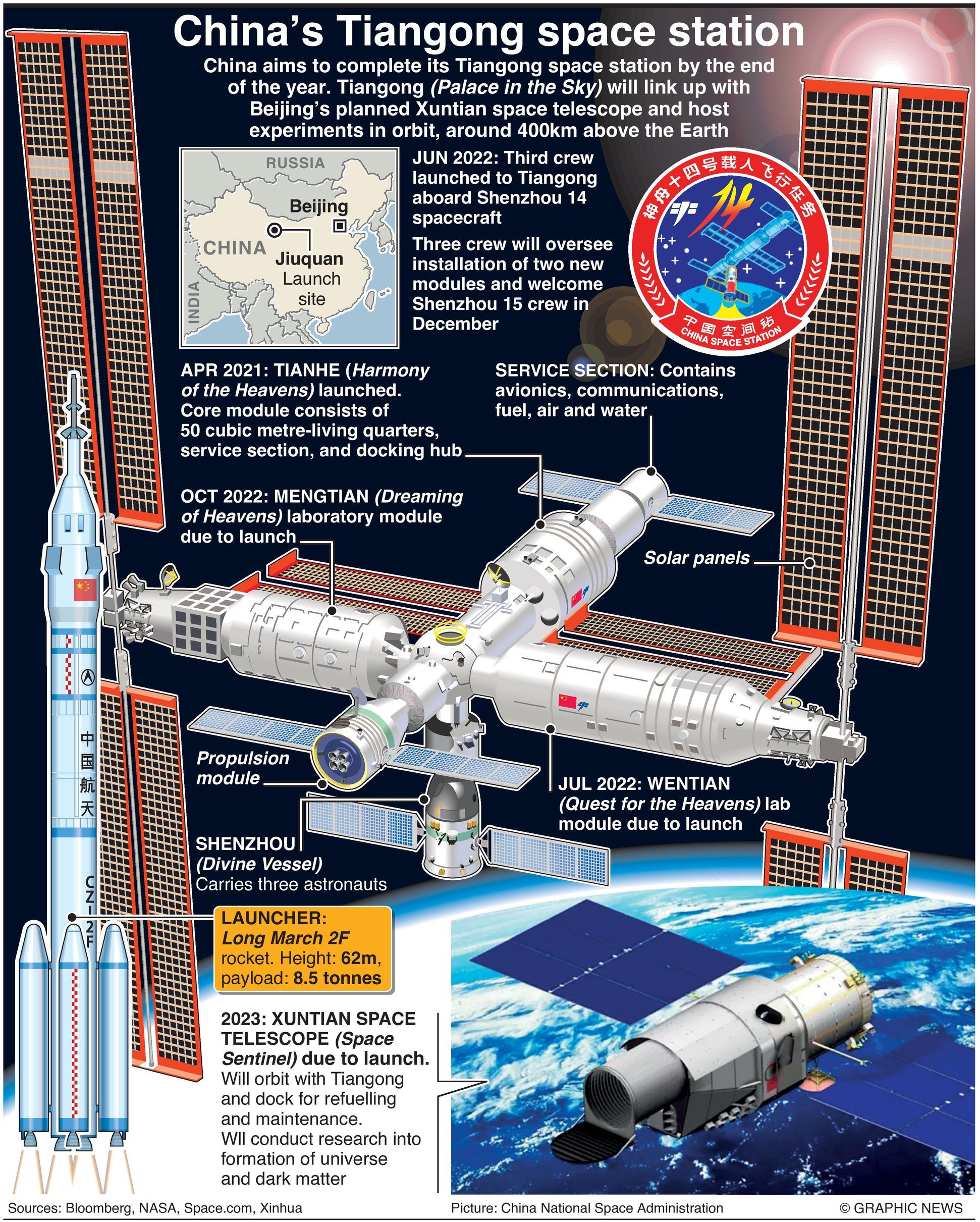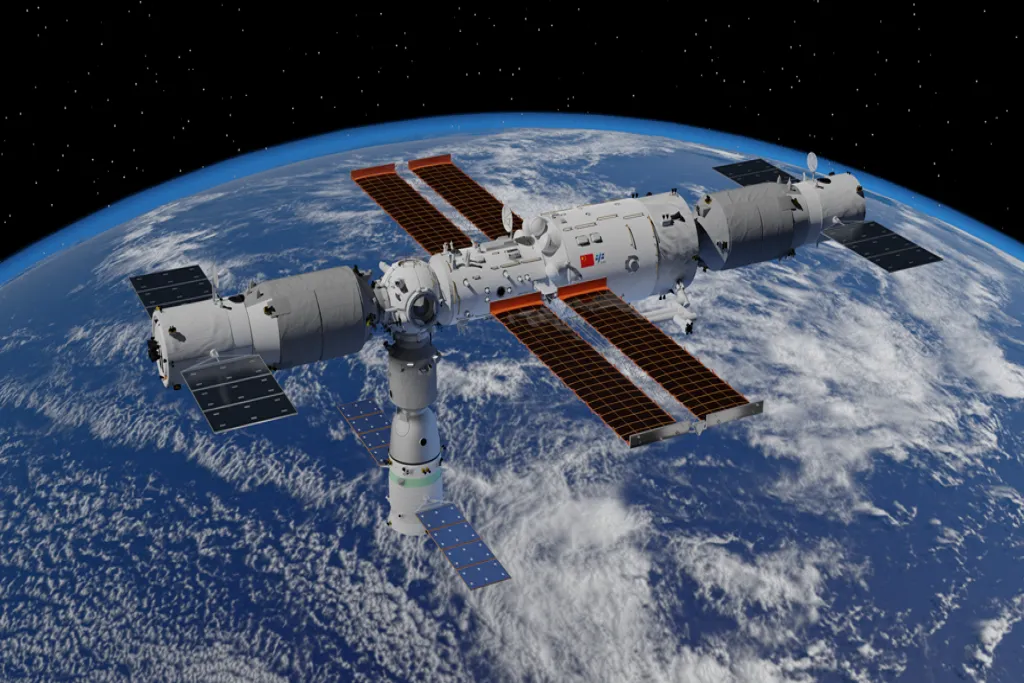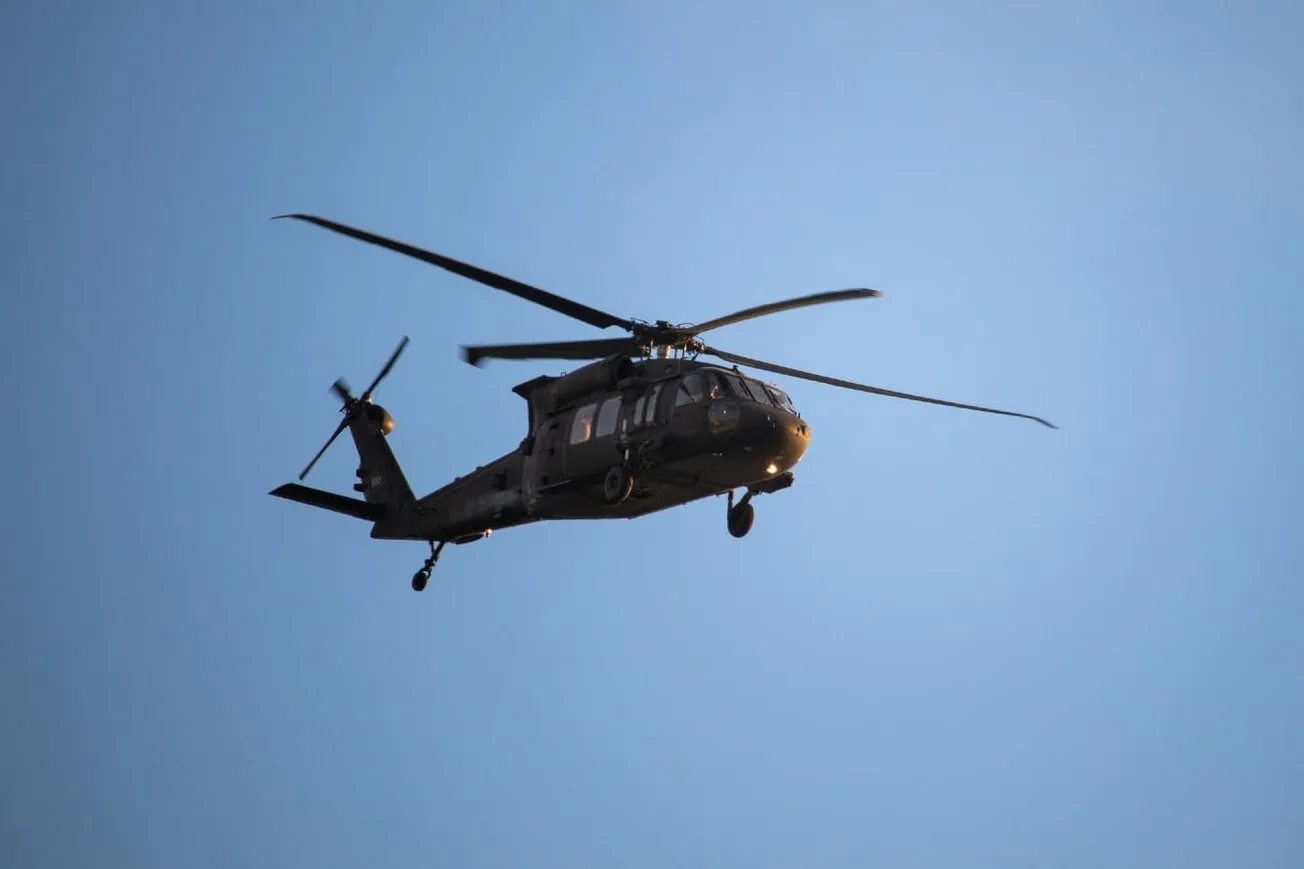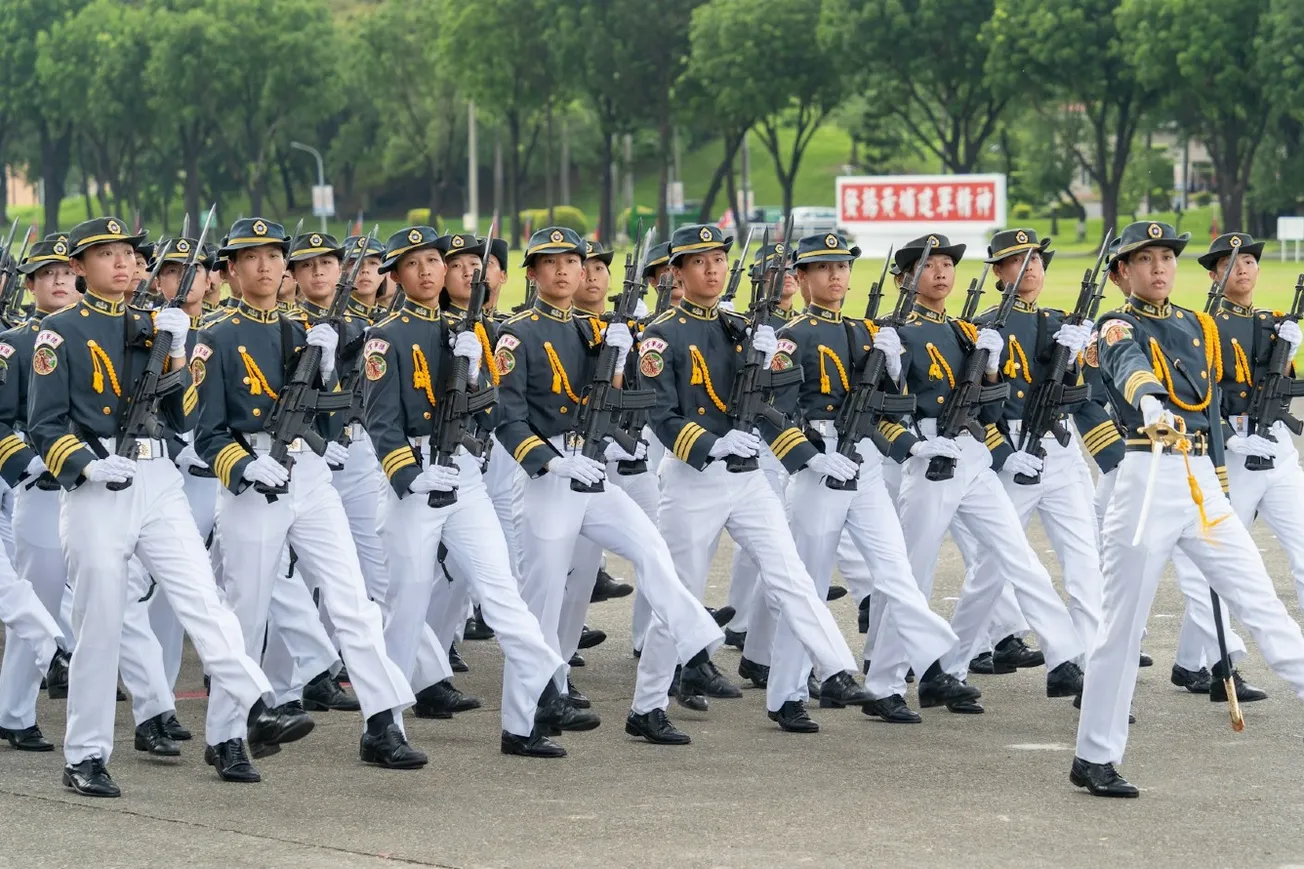
China successfully launched its Shenzhou 14 spacecraft, carrying three “taikonauts” (literally space sailors) to its new space station on Sunday (June 5, 2022). Shenzhou 14 marks the third flight to the Tianhe core module -- the first module of the Tiangong space station.
The astronauts lifted off at 10:44 local time (02:40GMT), launched by a Long March 2F rocket from the Jiuquan Satellite Launch Centre in the Gobi Desert, Inner Mongolia.
The Shenzhou 14 crew will spend around six months aboard Tianhe and oversee the installation of two new modules to complete the space station.
China will launch one of the station’s lab components named Wentian in July and the second, Mengtian, in October. After the space labs, the Tianzhou 5 cargo craft and the Shenzhou 15 crew will arrive at the orbiting outpost in December for the station’s first-ever crew handover.
Yang Hong, the chief designer of the space station, told a press conference that both modules have experiment cabinets and an installation platform for extravehicular payloads.
“The Wentian lab module is equipped with the same astronaut living facilities as the Tianhe core module,” Yang said. “Wentian and Tianhe can support six astronauts living in space.”
Once completed, the space station will be about one-fifth of the International Space Station (ISS) mass. NASA plans to decommission the ISS in January 2031, which would leave China as the only state operating a habitable module orbiting the Earth.
Under President Xi Jinping, China has made considerable efforts to match the U.S. with its presence in the space, teaming up with Russia on a proposed lunar research station.









